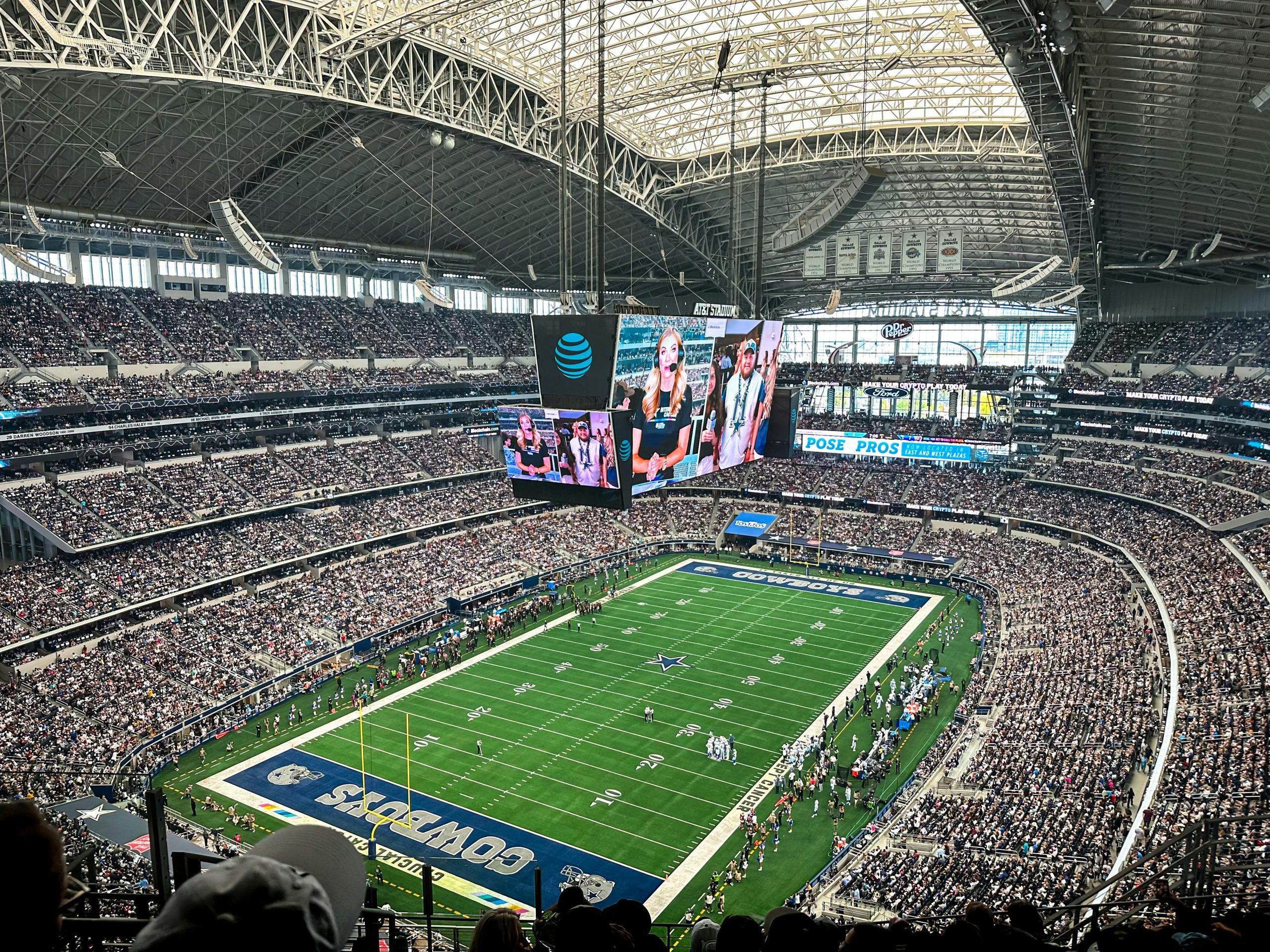NFL betting attracts a wide range of participants, but not all bettors are created equal. Among the crowd, two distinct groups consistently stand out—sharps and squares. Understanding how these groups approach betting lines can offer valuable insights into the dynamics of sports wagering, and may help bettors make more informed decisions.
Sharps, often referred to as professional or expert bettors, use sophisticated strategies and deep research to identify value in betting lines. In contrast, squares, or recreational bettors, typically rely on intuition, trends, or fandom when making their bets. This fundamental difference in approach creates a predictable pattern in how betting lines move and how sportsbooks adjust odds.

What Sets Sharps Apart?
Sharps view betting as a long-term investment, aiming for consistent profits over time rather than short-term wins. Their approach is highly analytical and may include:
- Statistical Modeling: Sharps use advanced algorithms and proprietary models to predict game outcomes more accurately than public consensus might suggest.
- Market Timing: They often place bets early when the opening lines are first released in order to exploit inefficiencies before public money causes line movement.
- Line Shopping: Sharps regularly compare odds across multiple sportsbooks to secure the best possible value.
- Bankroll Management: Each bet is calculated to ensure long-term sustainability, typically based on a fixed percentage of total bankroll.
Additionally, sharp bettors pay close attention to injury reports, weather conditions, and other situational variables that might affect a game’s outcome but may not be fully priced into the market yet.
How Squares Typically Bet
Squares, or casual bettors, often exhibit different behaviors. Their decisions are frequently influenced by media narratives, recent team performances, or personal preferences. Key traits of square bettors include:
- Favoring Popular Teams: Squares are more likely to back well-known franchises like the Dallas Cowboys or New England Patriots, regardless of actual value.
- Betting Late: Recreational bettors generally place their bets closer to kickoff, often after consuming popular media coverage.
- Chasing Losses: Many squares fall into the trap of trying to win back money quickly, leading to riskier bets that are not based on value.
- Ignoring Line Movement: Most squares don’t follow how or why lines shift, missing critical clues about which side the sharp money is backing.
This contrast in behavior between sharps and squares heavily influences how sportsbooks set and adjust betting lines.

The Impact on Betting Lines
When setting opening lines, sportsbooks often anticipate betting behavior from both groups. Initially, oddsmakers aim to post lines close to where professional sharps might find value. Once those lines open, sharp money tends to come in quickly if there’s perceived value—this is known as an early line move.
As the week progresses and more recreational bettors enter the market, the influx of square money can influence the line in less predictable ways. Books adjust to maintain balanced action, but they also respect sharp money more. If a sharp bettor places a high-limit wager, the line may move significantly—even without matching action on the other side.
In some cases, sharps may use “head fakes”—placing a bet on one side early in order to influence the line, only to come back later and bet more heavily on the opposite side once the line has moved favorably. This indicates a deep strategic layer that is generally absent from most casual betting behavior.
Learning from the Sharps
While not everyone can become a professional bettor, there are valuable lessons that everyday players can learn from how sharps operate. Incorporating data analysis, being mindful of timing, and practicing disciplined bankroll management can help reduce losses and improve outcomes over time.
Monitoring line movement and understanding where sharp money is flowing can also provide useful indicators. Some sportsbooks, message boards, or analytics platforms track “sharp action” and offer insights into how the pros are wagering.
At the same time, squares should be cautious about betting solely based on gut feeling or public sentiment. These habits contribute to their long-term losses and keep sportsbooks profitable.

Conclusion
The divide between sharps and squares illustrates two fundamentally different approaches to NFL football betting. Sharps treat it as a disciplined endeavor rooted in data and strategy, while squares often bet for entertainment or emotional reasons. By recognizing these differences—and emulating the aspects of sharp behavior that are practical for a recreational bettor—individuals can make more informed decisions and improve their chances of long-term success in the NFL betting markets.

